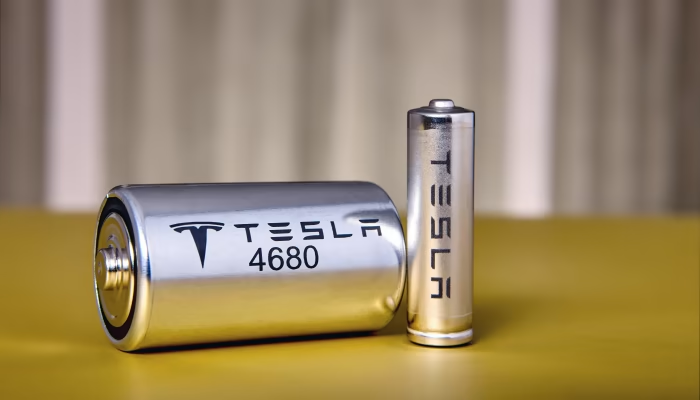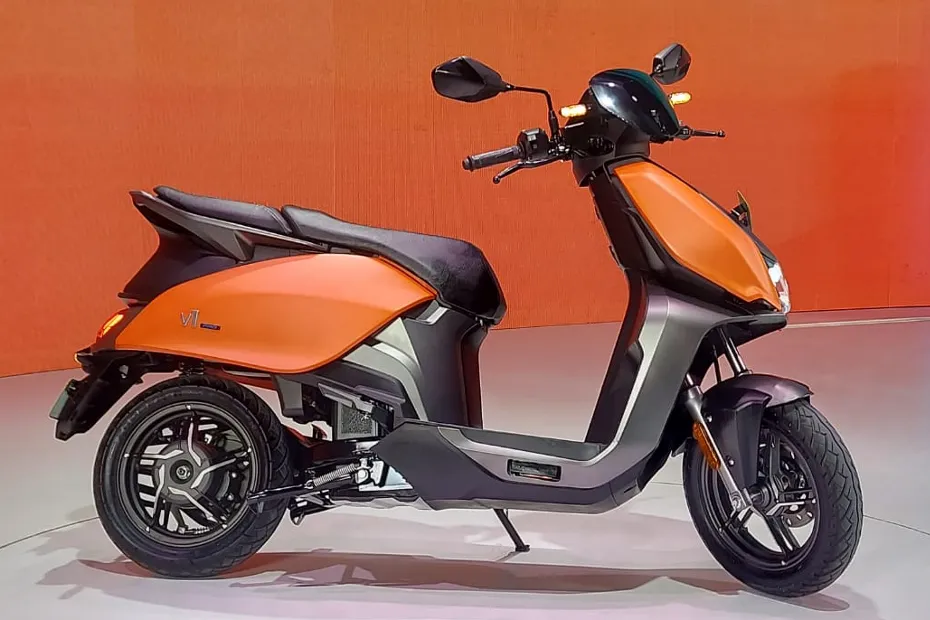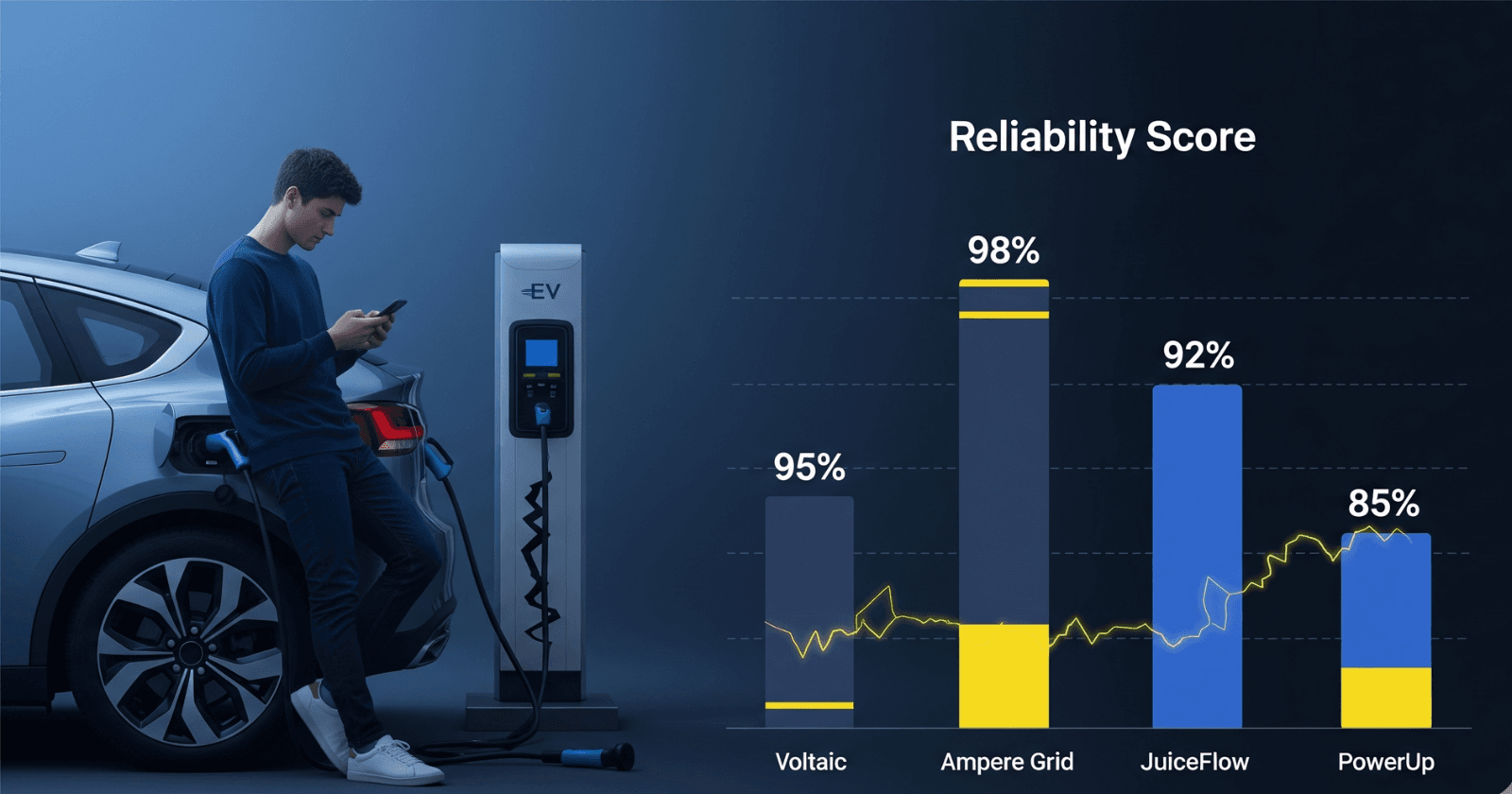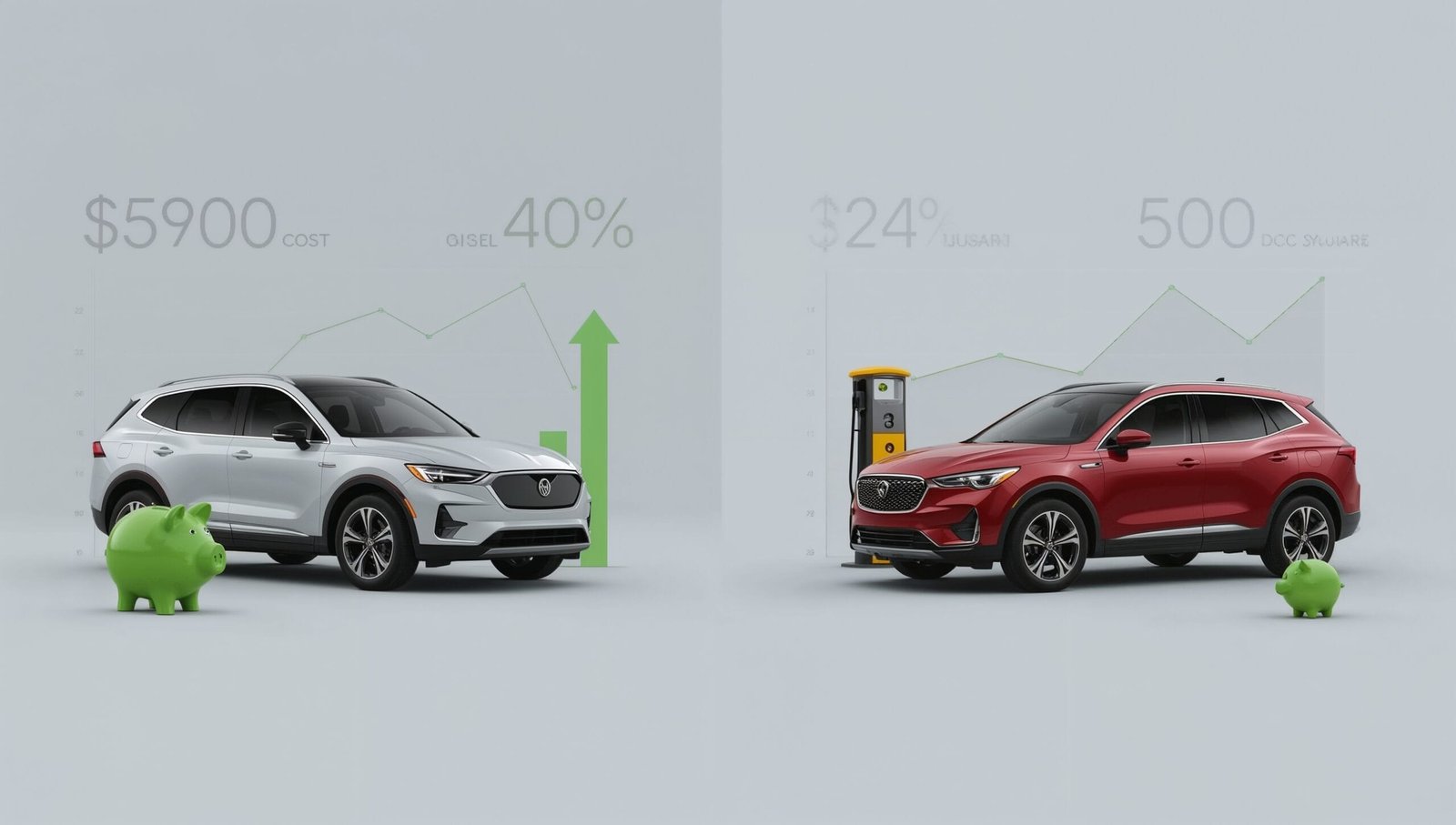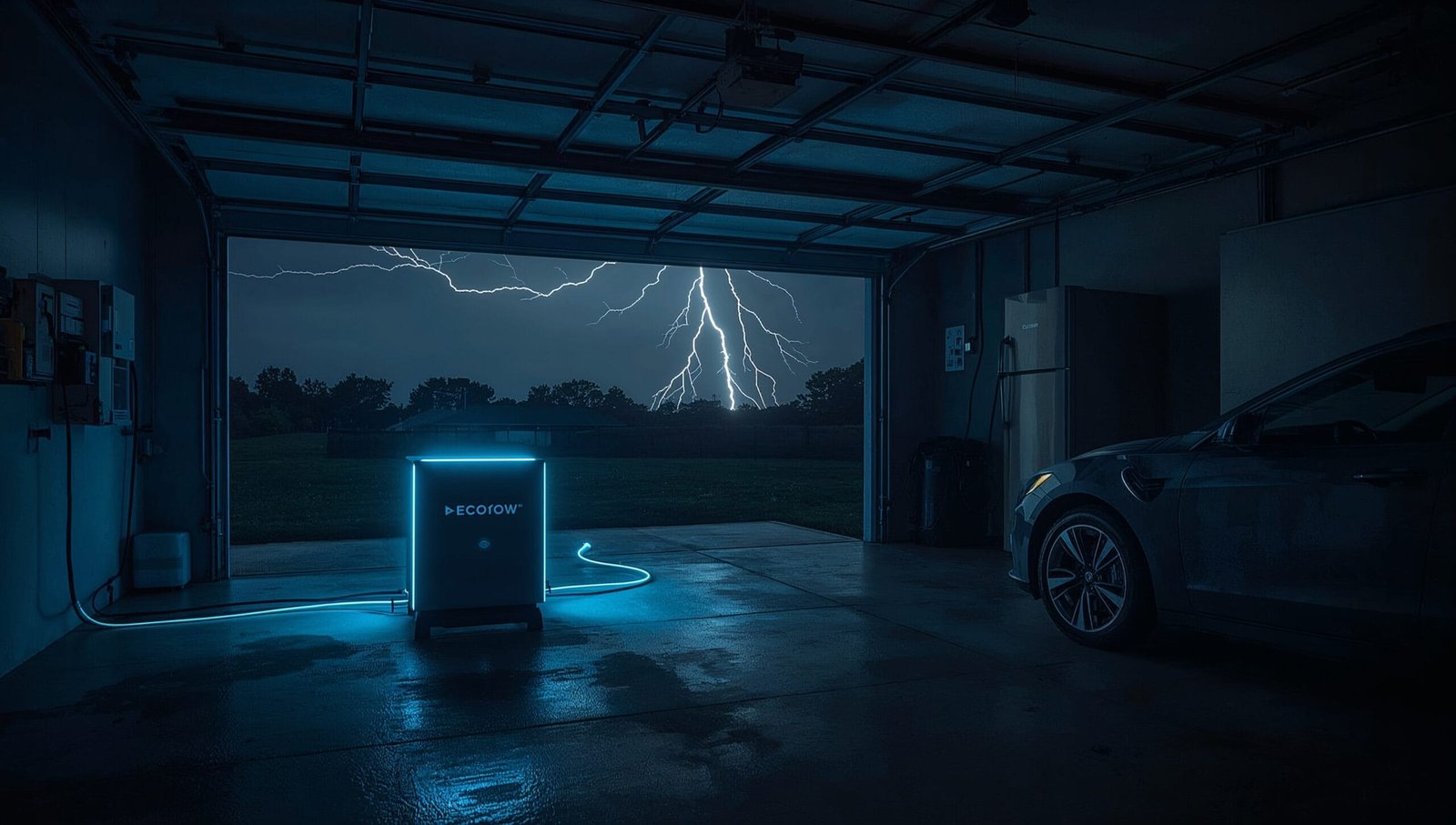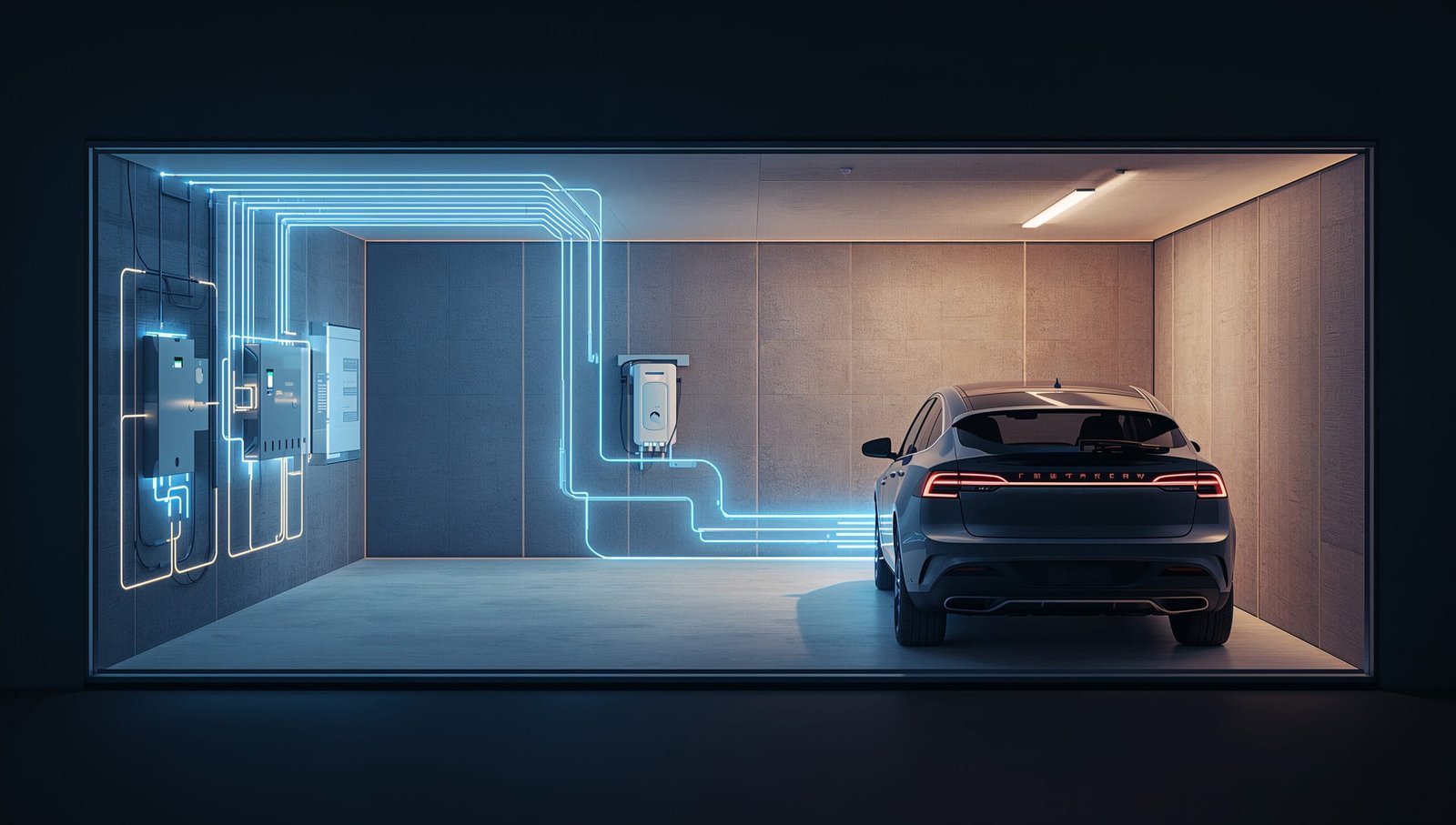Elon Musk has never been shy about moonshot goals. When it comes to electric vehicles (EVs), achieving ever-greater range, faster charging times, and lower costs are paramount. Enter the Tesla 4680 battery cell, unveiled by Musk himself at Tesla Battery Day in September 2020. Promised to be a revolutionary leap forward, the 4680’s fate seems to be hanging in the balance, with Elon Musk himself issuing an ultimatum.
The 4680, named for its 46mm diameter and 80mm height, boasts a larger form factor compared to Tesla’s previously used 2170 cells. This, according to Elon Musk, would unlock a potential 50% increase in range and a 60% reduction in production costs. The bigger size also allows for faster charging due to reduced current density. Classic Elon Musk, these were ambitious promises.
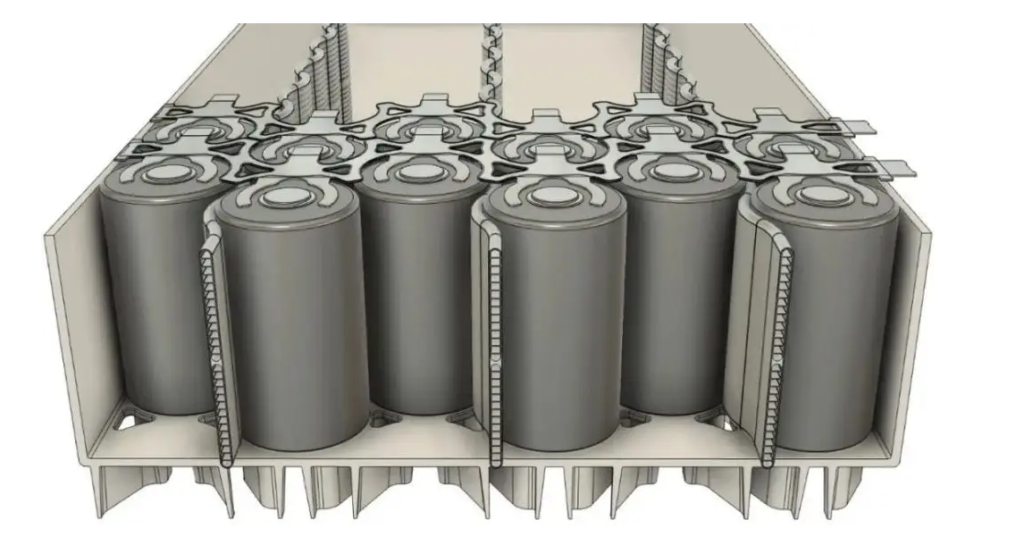
However, the path from prototype to production has been rockier than anticipated. While Tesla has managed to ramp up 4680 production, it’s only for the high-volume Cybertruck, and even there, limitations exist. The cost reductions haven’t materialized yet, and according to some reports, the 4680 cells might be facing technical hurdles that could lead to them collapsing during use. This has seemingly put Elon Musk in a critical mood.
In May 2024, Musk reportedly laid down the gauntlet to his 4680 team. He demanded a significant cost reduction and a solution to the potential collapsing issue by year’s end. With this ticking clock, all eyes are on Elon Musk and his engineers. Can they iron out the wrinkles and deliver on the 4680’s potential, or will it become another unfulfilled promise?
The implications are significant. If the 4680 lives up to its billing, it could be a game-changer for Tesla and the entire EV industry. It would allow Tesla to produce longer-range, faster-charging EVs at a more competitive price point. This, in turn, could accelerate EV adoption worldwide, a goal that Elon Musk has long championed.
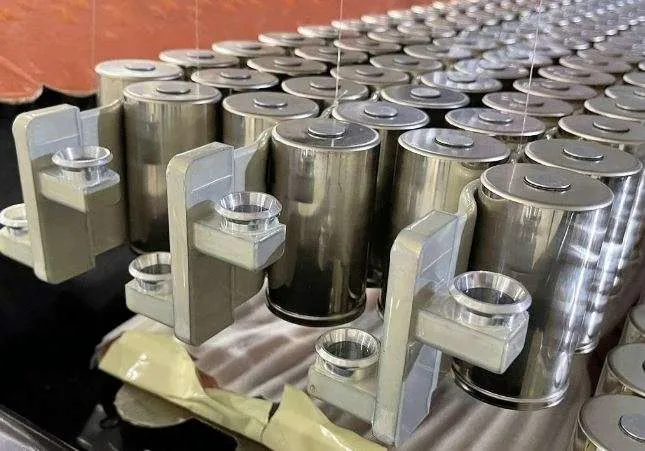
However, if the 4680 fails to deliver, it could be a setback for Tesla and raise questions about Elon Musk’s ambitious pronouncements. With so much riding on the 4680, the pressure is on for Elon Musk and his team to deliver. Only time will tell if the 4680 lives up to the hype or becomes another footnote in Elon Musk’s ever-evolving vision for the future of transportation.

Suhas Shrikant is the founder of Vecharged and an engineering enthusiast specializing in high-power off-grid solar systems. He has designed and built over a dozen custom systems and uses his hands-on, field-tested experience to create Vecharged’s expert guides and reviews.

